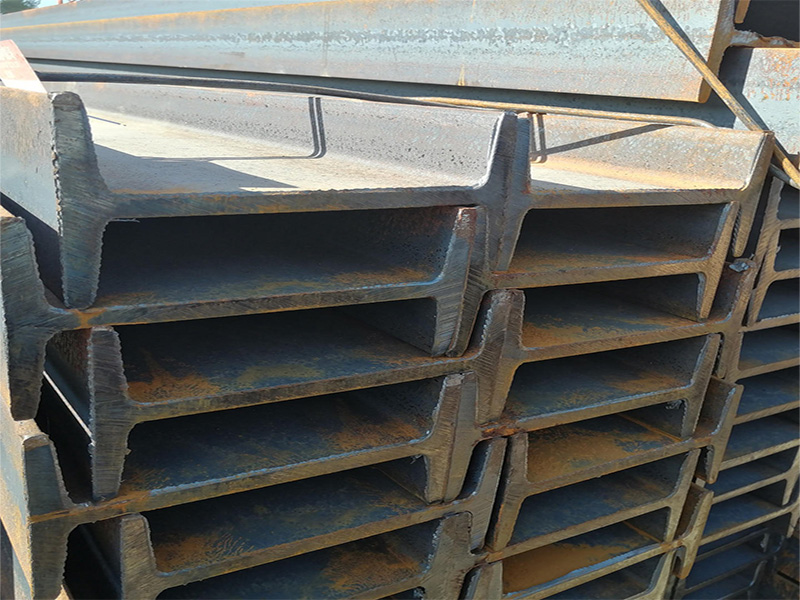


Quite simply, pickling is an acid bath process used to remove unusable iron oxide scales and other impurities that form on hot-worked steel. (You probably know iron oxide as rust, but there are actually at least 15 other known iron oxide allotropes.) When the steel is hot processed above the recrystallization temperature, oxygen will react with the outer layer of iron and produce flake oxide skin. This layer makes steel difficult to use and paint.
The pickling process involves immersing the metal in a solution to remove surface impurities. The solution used is called pickling, so the process of immersing the metal in pickling is called pickling.

The hot-worked steel is immersed in a VAT of sulfuric or hydrochloric acid called a pickling solution. Steel with carbon content above 6% requires additional use of nitric, phosphoric or hydrofluoric acid. The metal is immersed in the tank for a preset amount of time to avoid excessive metal being eaten by acid. The amount of oxide scale usually removed is between 1% and 3% of the steel mass.
Once the metal comes out of the tank, it is washed and ready for further processing. Usually at this point, it can be cold worked. The remaining pickling fluid, now filled with rust flakes and iron shavings, is known as pickling sludge. Generally considered an environmental hazard, it is sometimes neutralized with alkali (usually lime) and then thrown away. Systems also exist to recover some of the remaining useful products from the sludge, including hydrochloric acid and iron oxide. There are also processes for using scrap rolling chips. The oxide scale can be sent to a sintering plant where the iron oxide dust and scales can be converted into solid steel blocks.

Smooth clean surface (SPS) is a mechanical descaling method. As the steel, usually a thin sheet of steel, passes through a series of rollers, a grinding brush scrapes the oxide skin off the metal. This method removes scale without using water or oil.
Flame cleaning is a simple process that uses an oxyacetylene flame to remove metal surfaces, usually structural steel. A conventional oxygen spray gun can be used with a much reduced flame to avoid digging too deep into the metal.

For Further Details,Please Feel Free To Contact Us: